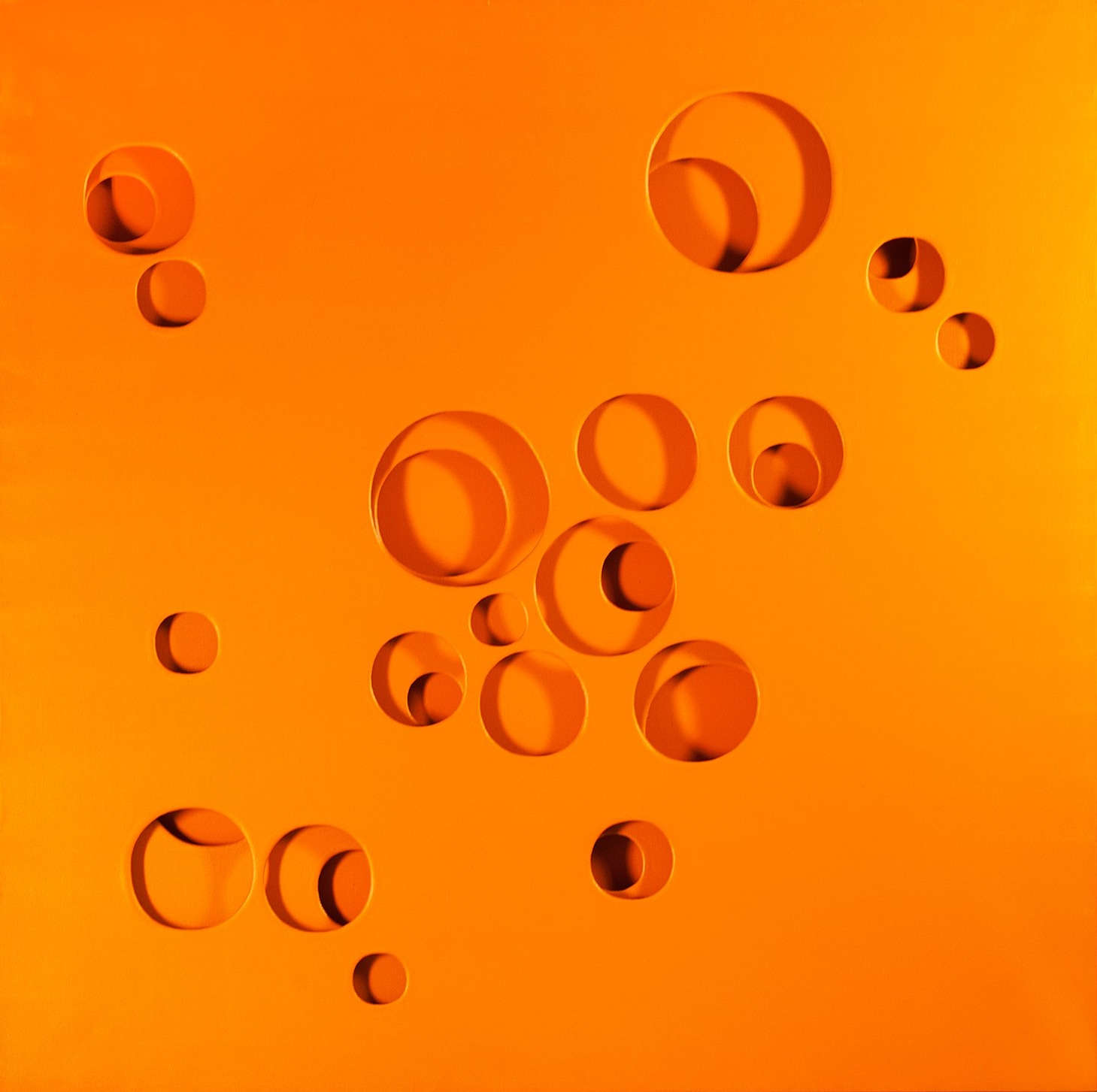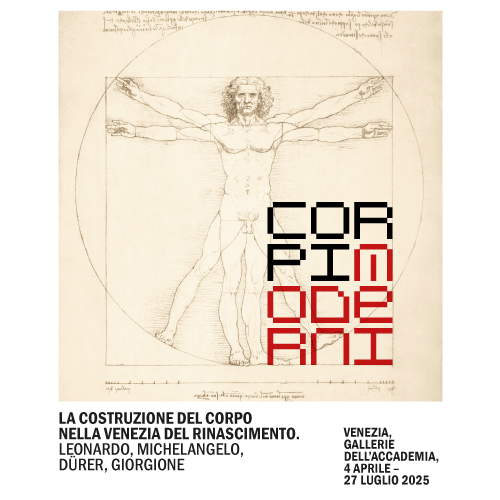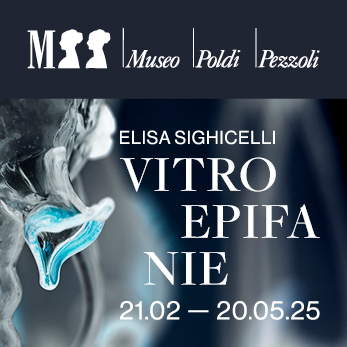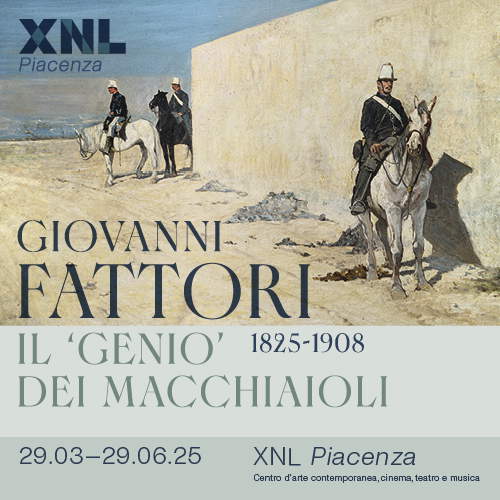Paolo Scheggi and the Apocalypse: the artist's spiritual quest on display in Brescia
Paolo Scheggi (Florence, 1940 - Rome, 1971) returns to the spotlight with an exhibition that for the first time illuminates his investigation of the sacred and the ultimate meaning of matter and form. The Museo Diocesano in Brescia, from February 27 to May 18, 2025, welcomes Paolo Scheggi. Apocalypse, Death, the Sacred, an exhibition curated by Ilaria Bignotti in collaboration with thePaolo Scheggi Association, which traces a hitherto little-explored aspect of the artist’s production.
The exhibition develops around Scheggi’s reflection on theApocalypse of St. John, a text that influenced his vision in his more mature years. One of the exhibition’s central works, among the artist’s best known, is Intersuperficie from 1965, placed at the back of the museum’s four rooms as the visual and conceptual centerpiece of the project. One of the most remarkable aspects of the exhibition is the presentation, for the first time to the public, of five design drawings made between 1970 and 1971 and dedicated to the staging of the Apocalypse. The exhibition culminates with the large installation 6prophetsfor6geometries from 1971, the last work created by the artist before his death. The imposing sculptural work is also documented by the shots of photographer Ada Ardessi, whose archives collaborated on the exhibition project.
Completing the itinerary along the loggia on the second floor of the museum are photographs by Ugo Mulas dedicated to the performance Funeral March or Geometry. Procession according to Paolo Scheggi, staged in Como in 1969. Through these images, Mulas captures the spiritual and conceptual tension of the event, offering visual evidence of the way Scheggi conceived art as an experience that transcends the material dimension.
The exhibition, organized in collaboration with ISISUF-Archivio Ada Ardessi and with the support of the Ugo Mulas Archive, is supported by COLLI DEI LONGOBARDI Strada del Vino e dei Sapori as a technical sponsor.
 |
| Paolo Scheggi and the Apocalypse: the artist's spiritual quest on display in Brescia |
Warning: the translation into English of the original Italian article was created using automatic tools. We undertake to review all articles, but we do not guarantee the total absence of inaccuracies in the translation due to the program. You can find the original by clicking on the ITA button. If you find any mistake,please contact us.




























